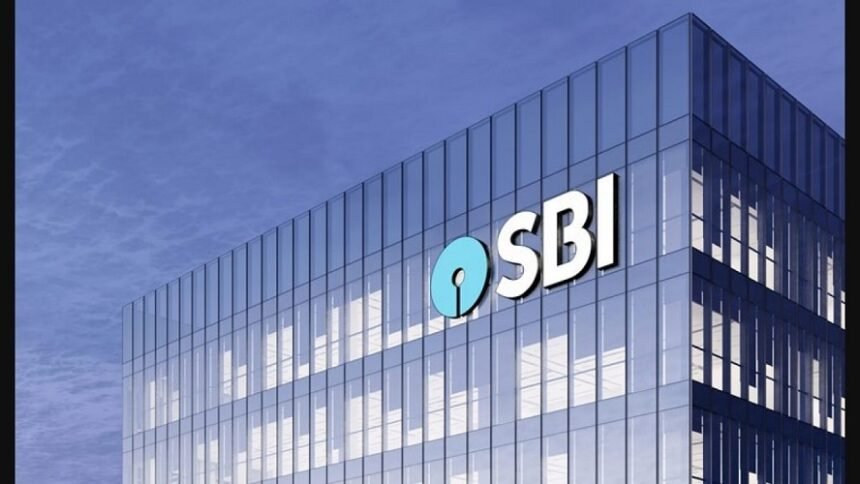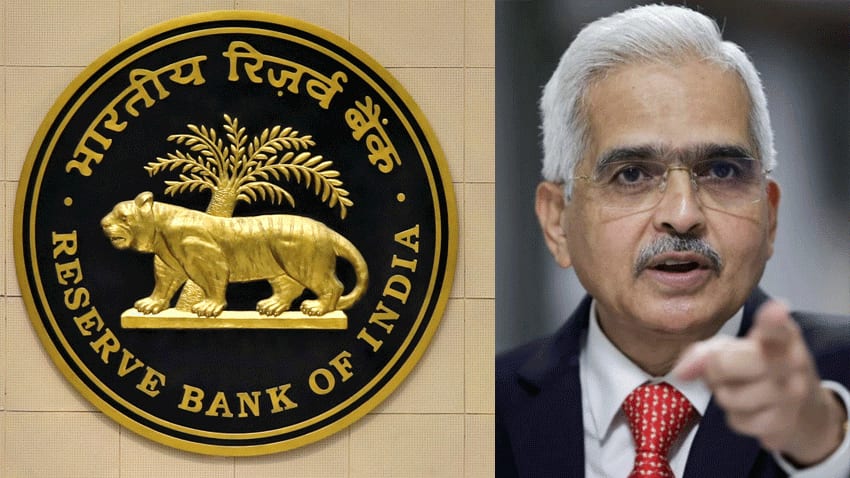Nomura on SBI: Analysts at Tokyo-based brokerage firm Nomura have identified the State Bank of India (SBI) as their top pick among banks, noting that SBI is well-positioned to navigate medium-term challenges facing the banking sector.
According to Param Subramanian, Ankit Bihani, Ajit Kumar, and Parth Desai of Nomura, SBI is well-equipped to maintain strong asset quality due to its lower exposure to ‘problematic’ segments and a solid track record in retail underwriting.
As a result, the brokerage has reaffirmed its ‘Buy’ rating for SBI, maintaining a target price of Rs 980. This target suggests a potential upside of approximately 25per cent from the previous closing price of Rs 781.
SBI share price
On October 8, SBI shares, on BSE, closed 1.59 per cent higher at Rs 782.05 per share, while the Sensex rose 0.72 per cent to 81,634.81 points. Year-to-date (YTD), SBI share price has appreciated approximately 4 per cent as against approximately 13 per cent rise in Sensex.
Over the past six months, SBI share price has seen a gain of just over 2 per cent. In comparison, BSE Sensex gained over 9 per cent during the same period.
Strong position amid tight deposit conditions and potential rate cuts
SBI boasts the lowest domestic loan-to-deposit ratio (LDR) among large banks, positioning it advantageously in the current environment of tighter deposit conditions and potential rate cuts, analysts said.
The bank also has the highest percentage of Marginal Cost of the Fund-Based Lending Rate (MCLR)-linked loans, making it better equipped to handle possible rate reductions.
Analysts have estimated that SBI could experience a net interest margin (NIM) pressure of around 12 basis points from a potential 50 basis point rate cut, compared to 15-20 basis points for large private banks. However, this impact may be mitigated by the recent MCLR rate hikes undertaken by SBI, which increased by 30 basis points in the first half of FY25.
Preparedness for tighter regulatory norms
Nomura believes that SBI is well-placed to meet tighter draft liquidity coverage ratio (LCR) requirements, supported by a robust LCR cushion.
The bank should also navigate the implementation of draft expected credit loss (ECL) norms effectively.
Analysts at Nomura noted that management is confident in absorbing any potential impacts without needing major additional provisions, citing that SBI’s 7-year average slippages from FY19 to FY25F (likely to be utilised for ECL computation) are the lowest among large banks.
Attractive valuations
All this considered, the current core bank’s valuations are at 1x FY26F price-to-book value (P/BV), presenting an attractive risk-reward scenario with anticipated return on equity (RoE) between 16-18 per cent.
Downside risks
Analysts, however, cautioned that potential risks include a deterioration in asset quality and supply risks stemming from a possible capital raise, with common equity tier 1 (CET1) standing at 10.3 per cent as of Q1FY25 (June quarter).
(Press the bell 🔔 Icon, for all latest updates)




